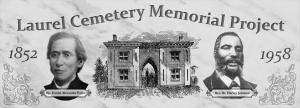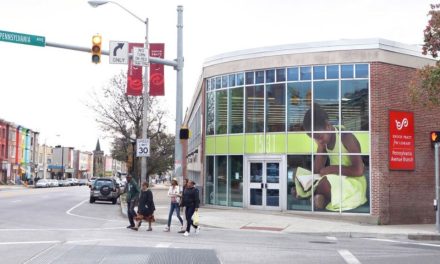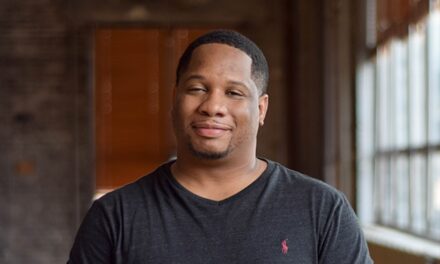By Bianca Crawley,
Special to the AFRO
Baltimore’s historic Laurel Cemetery was once an illustrious, privately owned cemetery. It was held near and dear by members of the Black community, as it was one of the few honorable burial sites where Black people could be laid to peaceful rest in Baltimore.
Incorporated in 1852, just thirteen years before the abolition of slavery, this cemetery became known as the resting place for many remarkable figures within the Black community. The cemetery is the final resting place of many political leaders, strong religious figures, educators and civil rights activists..
Dr. Elgin Klugh, PhD., professor at Coppin State University and chair of the Laurel Cemetery Memorial Project, recently spoke with the AFRO on the significance of the cemetery.
“It’s important to let people know this place exists, and to make people aware of these individuals again… these people helped make Baltimore what it is today.”
After many years of appeals through various organizations, including the NAACP and local legislation, Laurel cemetery was demolished in 1958. The Belair-Edison Crossing shopping center now stands in its place.
Prior to the demolition of the cemetery, several hundred bodies were exhumed from their original burial plot and relocated in Carroll County. Though archival research shows well over 18,000 original burials remain underneath the shopping center still today, others believe there are many more–roughly 40,000 in total.
The goal of the Laurel Cemetery Memorial Project is to create a memorial to celebrate the thousands of Black lives laid to rest in the cemetery before it became a shopping center.
According to Klugh, this project is seeking to educate the public about “how important it was for the community at the time– to have a dignified cemetery for Black people in the 1800’s.”
Klugh wants to ensure that people know the rich history of the cemetery and the importance of the people buried there.
“A Place for Memory: Baltimore’s Historic Laurel Cemetery,” written by Klugh and Dr. Isaac Shearn, is a book which takes an in-depth look at the history of Laurel Cemetery and explores the lives of many specific prominent figures who are buried there, such as Rev. Harvey Johnson and Mrs. Amelia Etta Hall Johnson. The two spent much of their lives working to help uplift the Black community of Baltimore.
Rev. Johnson participated in the Niagara Movement and, according to the Maryland State Archives, organized the men of the Mutual United Brotherhood of Liberty. His wife was a published author and activist against inequality.
Klugh and Shearn’s book explains the significance of acknowledging and telling the story of the lives of the intriguing figures buried at Laurel Cemetery while bringing their memories back to life.
Please join Dr. Elgin Klugh and Dr. Isaac Shearn on April 6, 2023, at 7:00 p.m. at Red Emma’s, where they will speak and present their book, “A Place for Memory: fmarBaltimore’s Historic Laurel Cemetery.”
Red Emma’s is located at 3128 Greenmount Ave. in Baltimore.
The post Local historians highlight the work of the Laurel Cemetery Memorial Project, call for memorial to recognize razed Black cemetery appeared first on AFRO American Newspapers .











